"The incomparable enthusiasm for automobile competition has created a unique automobile brand", which is more appropriate to describe AMG’s achievements in the past 50 years.
Fifty years ago, a Mercedes-Benz owner went to Aftebach, Germany, where AMG was located, in order to modify his Mercedes-Benz car. But after looking around the city, he found that the AMG modification factory was little known. Finally, at the door of a small garage, when he asked where to find AMG, the people in the garage told him that this was the AMG refit factory. Until his Mercedes was stuffed into the garage, he wondered if this was really an AMG refit factory.
Compared with the current fame, at the beginning of AMG’s establishment, it was a simple manual workshop. Even AMG at that time was not a subsidiary of Mercedes-Benz.
Looking back on the development of AMG in the past 50 years, there are too many memorable stories. Next, the car prophet will take you back to the 50 years of AMG to see what unknown stories this "refitting factory" has created for Mercedes-Benz events.
The origin of AMG brand
In 1967, Aufrecht and his friend Melcher worked for Daimler-Benz in charge of engine testing and tuning. They started their refitting business in a small town called Grosaspach in Germany. The origin of the name "AMG" comes from the three, Mr. Aufrecht and Mr. Melcher and the first letter of the local name.
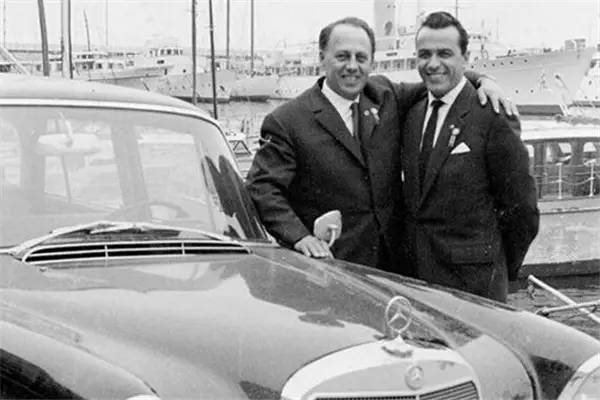
Hans Werner Aufrecht and Eberhard Melcher, founders of AMG
In the following 30 years, AMG has trained a number of excellent cars for Mercedes-Benz, helping Mercedes-Benz to return to the German RV Tour and other events.
On January 1, 1999, AMG was fully acquired and officially became a wholly-owned subsidiary of Daimler-Chrysler Group — — Mercedes-AMG limited. This will further the integration of AMG and Mercedes-Benz.
After 50 years, the civilian cars modified by AMG cover almost the whole Mercedes-Benz car series, from small A-Class, B-Class and C-Class, to medium-sized E, CLK, SLK and CLS, and then to large S, SL, CL, M, G and R, etc.
The meaning of AMG logo
The logo adopted by the earliest AMG is different from the present, and the logo design combines the characteristics of Afadbach, where AMG is located.
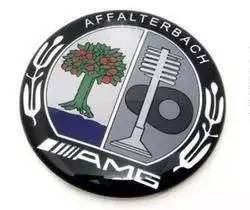
The tree on the left of Logo is the apple tree of Afadebach, the valve and camshaft on the right represent the super performance of the vehicle, and the laurel twigs on both sides represent victory.
Memorabilia of AMG brand over the years
In 1967, AMG company was formally established, and the company was positioned as "the design and test engineering company of racing engine".
In 1971, driven by drivers Hans Heye and Clemens Schickendanz, the Mercedes-Benz 300 SEL 6.8 won the championship of its class in the 24-hour race at the famous Belgian Spa track, and the overall ranking was second in the whole race.
In 1978, the scale of AMG’s small factory in Burgstall could not meet the growing demand of AMG, so more than 40 employees of AMG moved to Affalterbach and set up their headquarters here.
In 1988, AMG established a strategic partnership with Mercedes-Benz, which was responsible for the high-performance modification of Mercedes-Benz cars, and Mercedes-Benz also calmly returned to the German RV Tour and other events with the help of AMG.
In 1990, AMG opened its second factory in Affalterbach. At this time, the company has 400 employees, and AMG signed a contract with Mercedes-Benz to expand their cooperation in racing. AMG is ready to start refitting Mercedes-Benz and selling mass-produced cars.
In 1993, the first product of Mercedes-Benz and AMG was C36 AMG. Since that year, almost all series of Mercedes-Benz cars have been modified by AMG, and Mercedes-Benz also promised to produce its AMG model on every Mercedes-Benz car in the future.
In 1999, AMG was fully acquired and officially became a wholly-owned subsidiary of Daimler-Chrysler Group — — Mercedes-AMG limited. This will further the integration of AMG and Mercedes-Benz. Since then, AMG has developed more rapidly and its models have become increasingly rich.
The meaning of one person, one machine
The modification of AMG is different from another BRABUS brand in Germany, which specializes in modifying Mercedes-Benz. AMG is better at engine modification and design, improving the original power system and squeezing out the last power of the engine.
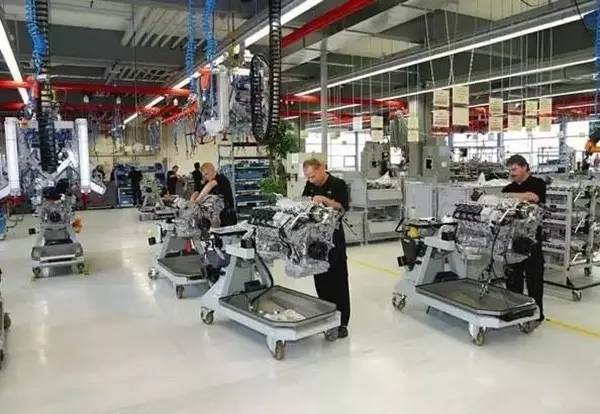
For example, appropriately increase the cylinder volume, boost the engine power through a high-performance turbocharger, and replace it with forged piston connecting rods (cars are generally cast) and high-performance EFI devices.

In order to ensure the manufacturing quality, service life and reliability of AMG engine, an AMG senior engineer is solely responsible for the whole operation, from the shaft installation of engine cylinder block, camshaft adjustment, electrical wiring and final oil injection. After the completion, a nameplate with its own signature will be attached to the engine.
This is the brand philosophy that AMG brand has been running through for 50 years — — One man, One engine.
The essence of the 50th anniversary classic car.
Mercedes-benz 300SEL
The name of this car is not the name of the existing Mercedes-Benz AMG model, because this car was launched in 1971, when AMG was just a refit factory for modifying Mercedes-Benz cars.
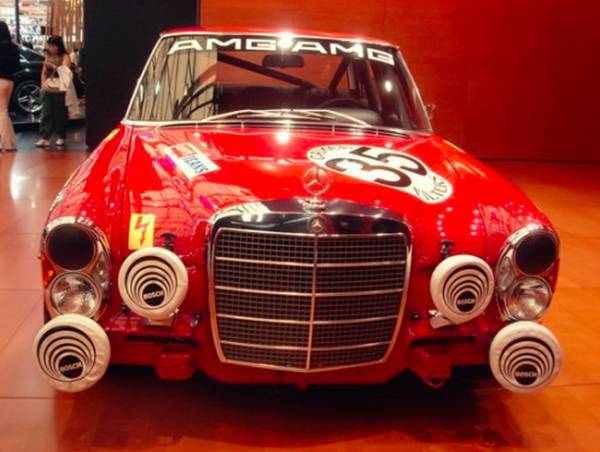
But it was the outstanding performance of 300SEL in the 1971 Belgian SPA24-hour endurance race that made AMG famous. In that year’s SPA competition, the prototype of AMG’s racing car came from Mercedes-Benz 300SEL. AMG made a power transformation for it. After the modification, the engine displacement of 300SEL reached 6.8 liters and the power reached 280 HP. With such strong power, 300SEL won the second place in the competition and the first place in the same group.
Mercedes-Benz 300E 5.6 AMG
In 1987, Mercedes-Benz 300E 5.6 AMG came out and was nicknamed "Hammer" by racing enthusiasts. Because of the birth of this car, AMG was firmly engraved in the territory of the top high-performance factories in the automobile industry.
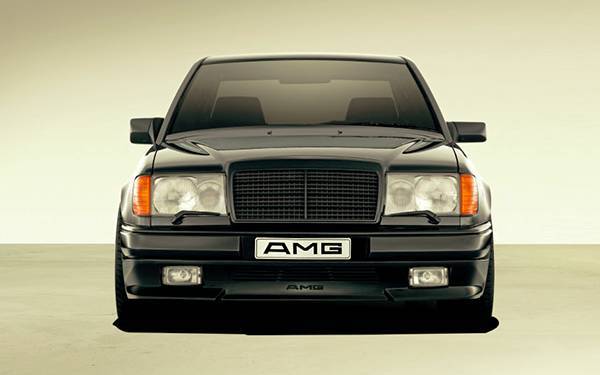
It adopts a completely independent cylinder head (four valves per cylinder) developed by the founder Melcher, and its power output is as high as 265 kW /360 horsepower. It is the first four-door car with a limit speed exceeding 300 km/h in history.
Mercedes benz C 36 AMG
Mercedes benz C 36 AMG is the first product that AMG and Mercedes-Benz cooperated for the first time. It is equipped with a 3.6L engine with a maximum power of 280 HP.
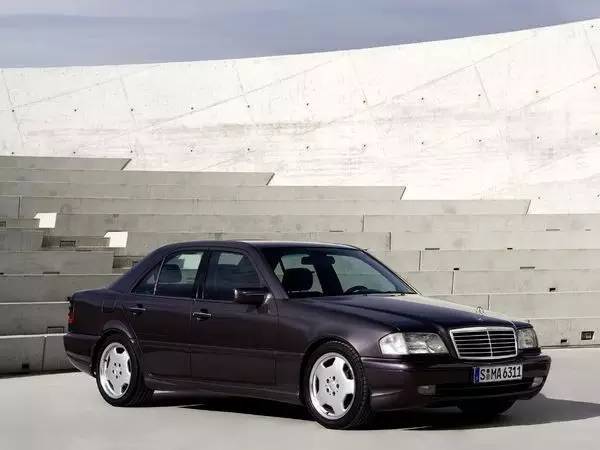
C36 AMG is the most competitive model provided by Mercedes for BMW E36 M3. The launch of C36 means that high-performance cars have returned to Mercedes’ product line, which represents that AMG has reached the world’s leading brand camp.
Mercedes-benz CLK GTR
Under the blessing of AMG technology, Mercedes-Benz actively participated in the international GT competition, and in 1998, it launched a super sports car named CLK GTR.
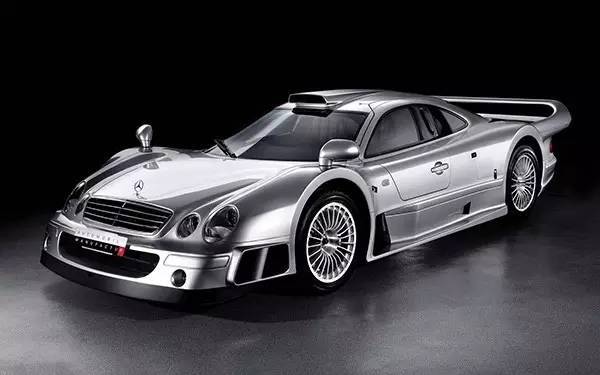
This car is very unique and has carbon fiber and aluminum structure. And equipped with a V12 6.9-liter 612-horsepower engine, the highest speed reached during driving is 198 miles per hour (about 318 kilometers). This sports car built with amazing speed and cutting-edge technology is not cheap. In 1998, the price was as high as 1.57 million US dollars, making it the most expensive car in the world.
Mercedes -AMG GT four-door concept sports car
At the Geneva Motor Show in 2017, Mercedes -AMG launched the GT four-door concept sports car, whose front face used the latest design language of Mercedes-Benz, and the hexagonal front air intake grille with large mouth adopted a black vertical banner design different from other AMG models at present.

Different from the traditional single gasoline engine drive, the Mercedes -AMG GT four-door concept sports car adopts "EQ Power+" hybrid technology. As for the engine, it is the same as the 4.0-liter V8 twin-turbo engine on AMG E 63. With the help of the motor, the maximum power will exceed 612 HP, the peak torque will reach 850 Nm, and the acceleration of 0-100 km can be completed within three seconds.